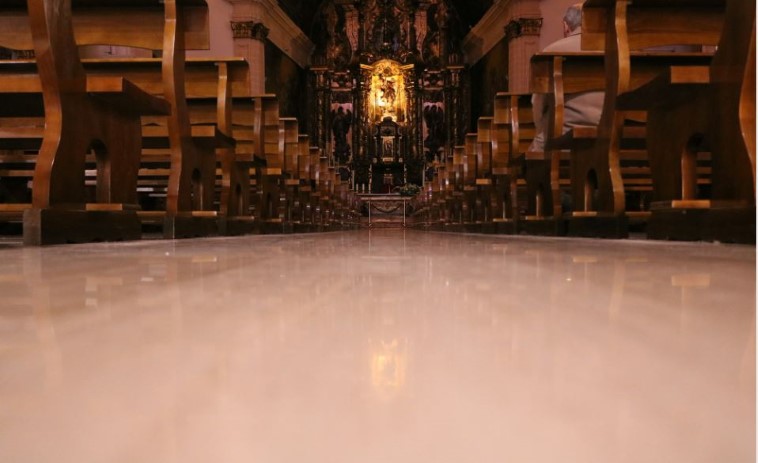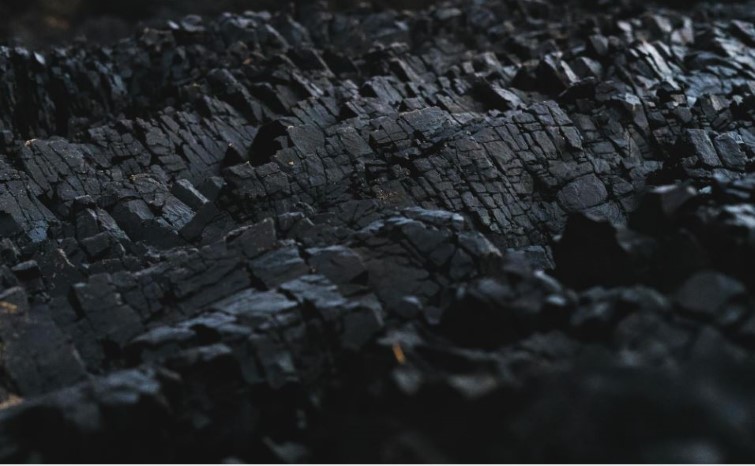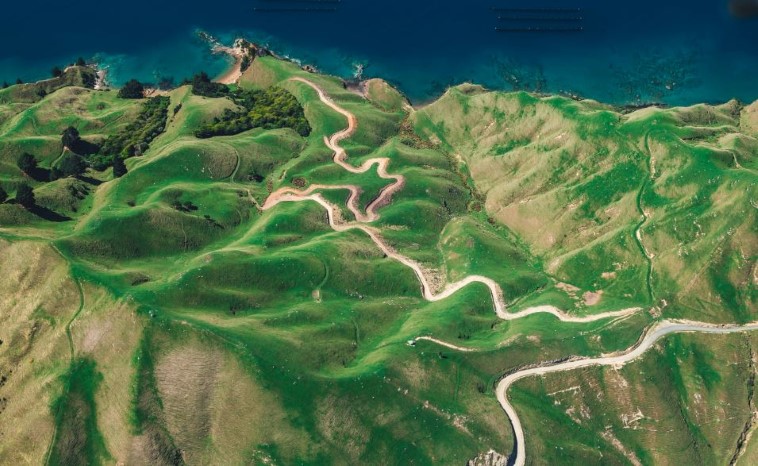The age of our planet as seen by science and creationist beliefs

We learned about the great age of our planet, certainly during some point of our school education, and then everything seemed logical and clear to us: it is so old that it is difficult for us to say it – about 4.5 billion years.
If we were to just count to that number, this lifetime would not be enough for us, but we might be able to hand over that task to future generations and that counting would take exactly 145 years!
However, over the last decade or two, certain groups have emerged that have undermined this, claiming that the Earth is much, much younger, and that all life that has formed on it is the product of several acts of creation. Such attitudes spread quickly, they were accepted or rejected, but certainly had a very confusing effect and even caused personal frustration.
So, where is the answer? What is the truth?
First, what is “creationism”?
Creationism represents a set of arguments, counter-theories and evidence, the primary goal of which is to refute the theory of evolution, and everything related to it.

Although a certain number of today’s creationists accept the fact that the age of the Earth is quite large, even the figure of 4.5 billion years, we will dwell on those who literally read and interpret the words of the Bible. By adding up the names of the people mentioned there and their ages, they arrived at a figure of 4,000 BC or the time when Adam was born. That number also represents the date of the creation of the world, or to be more clear, the moment when our planet was created.
However, contrary to the prevailing church views of that time, already in the 18th century, scientists realized that a history of 6,000 years was insufficient for the creation of thick complexes of sedimentary rocks such as they were studying, as well as for the development of plant and animal life…
Already in Darwin’s time, it was discussed figures of a few hundred million years, but only with the discovery of radioactivity did concrete calculations begin to appear.
One of the strongest creationist arguments that directly undermines the foundations of geology is the fact that radioactive dating is inaccurate and imprecise, and that radioactive decay took place at different rates during the geological history of our planet, which only creates an illusion about old age.

In order to increase the precision of determining the age of a sample and make it scientifically acceptable, several methods of radioactive dating are used on the same sample, and by comparing the results, information is obtained as to whether the sample is suitable for age determination by these methods (if it is not contaminated), and if not, a check how well the results agree with each other.
As for the rate of decay of radioactive elements, it must be emphasized that it depends on two unchanging forces in nature: the strong nuclear force and the weak nuclear force. Of course, their change would affect the rate of radioactive decay, but it would also mean completely new physical phenomena in our Universe: planets could not exist as wholes, but would disintegrate into fragments whose collisions would produce huge explosions, chemical reactions would be completely different, all in all the Universe as we know it would not be possible.
Another significant geological observation of the creationists is the claim that at the age of the Earth of several billion years, erosion would have destroyed all the bumps on the relief and the carried away material in the oceans would have created much thicker deposits than is the case.
Our planet is constantly exposed to the combination of two types of factors – endodynamic and exodynamic. The first originate from the depths of the Earth and influence the formation of unevenness on its surface, depressions, large mountain systems and the movements of continents in a horizontal and vertical sense on a global scale.
Exogenous processes, on the other hand, belong to the group of external factors, where through wind, water, ice, solar radiation etc. the rock mass is affected, eroded, and further transported to the place of disposal.

If the internal forces would stop acting, certainly the external erosion forces would level the unevenness on our planet over a long geological time and bring it into the form of an ideal plain. However, the endogenous effect is both strong and noticeable, and we are constantly reminded of this by volcanic eruptions, numerous earthquakes, etc.
The third creationist view: mountains rise too fast, so counting on the age of the Earth, they should be much higher than is the case.
This thesis ignores the fact that vertical movements on the Earth cannot be viewed as a whole. Looking globally, certain parts of the land on our planet are rising, while others are sinking following the law of “isostasy” or the balancing of blocks in the Earth’s crust.

Sinking areas can form various depressions that represent a suitable area for the deposition of material from the surrounding elevated structures where intensive destruction is carried out. However, there are areas where uplift is faster than the rate of erosion so that the mountain system is constantly growing, as is the case with the Himalayas.
If the Earth is billions of years old, wouldn’t the amount of volcanic material ejected make the Earth’s crust much thicker than it is?
The Earth’s crust represents the solid outer shell of the Earth and is very thin compared to the Earth’s radius. Two types of crust can be distinguished: continental and oceanic, whose thickness is significantly smaller and ranges from 5 to 10 km. Both crusts “swim” on a semi-liquid mantle or asthenosphere, the temperature of which is about 1,2000C.
It is precisely these characteristics of the asthenosphere that enable the movement of the continents, their collision, subduction or passing. The Earth’s crust has a generally constant thickness, because any mass added to the surface would cause the lower parts of the crust to sink into the asthenosphere, which would melt it, thus quickly returning the thickness to its original value.
Therefore, the amount of volcanic material, which was really much more during the geological past, could not affect the change in the thickness of this thin but solid surface part of our planet.
To finish off, belief is an individual thing, it existed even before the development of science as a modern and extremely careful view of the world, and it will last for a long, long time, because the inner need to know who we are, why we are here and where we are going will continue to be the main occupation of the human race. Belief in God existed even before the appearance of Creationists, and it will exist after them, because it is a human need to which many people from the world of science are subject today.
Want to read more about the universe? Visit our blog!

